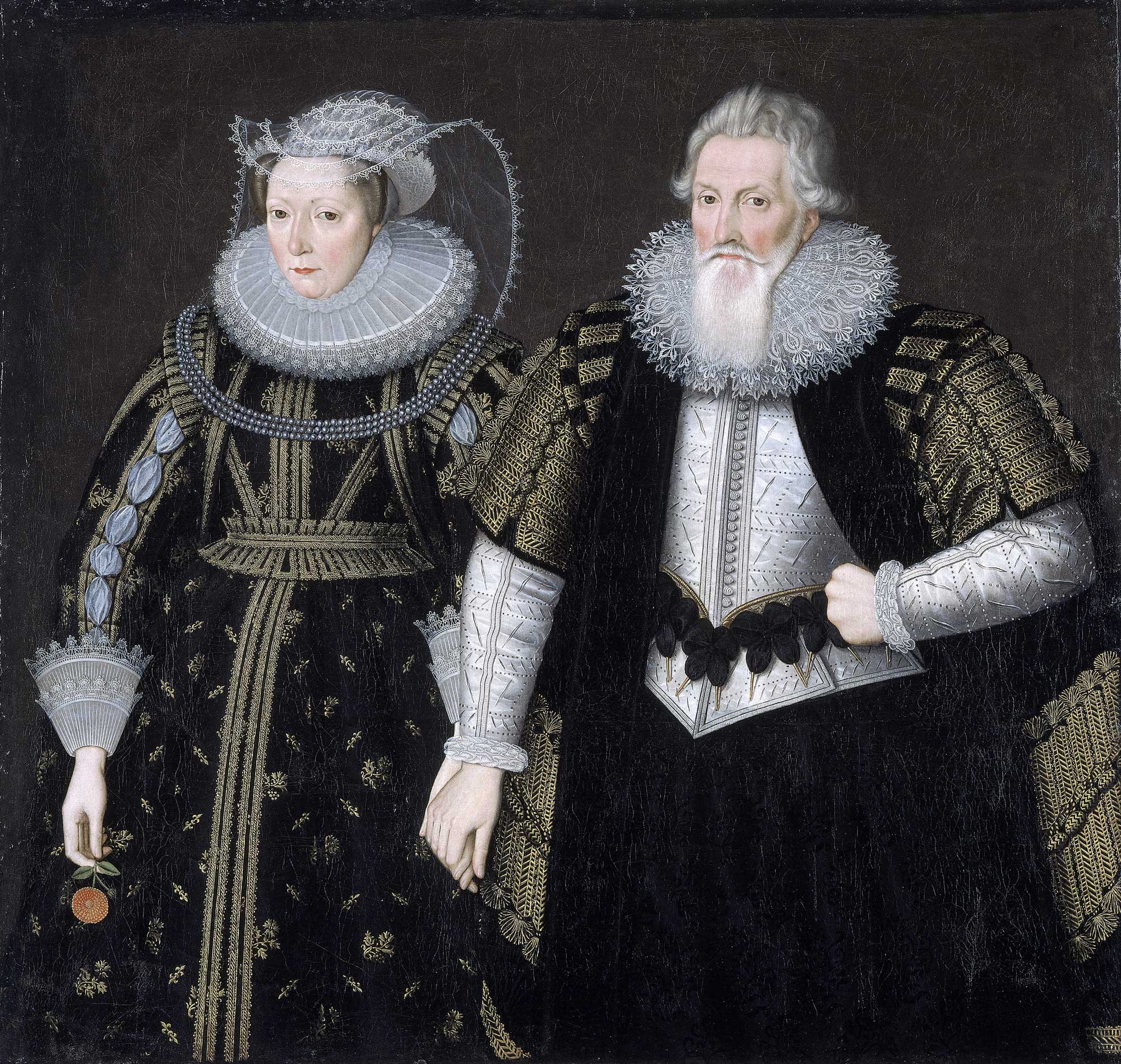Thesis Structure and Argumentation
Each discipline will have its own meaningful structure. Take advice from your supervisor.
Titles should indicate topic and scope of study. Play around with your title. My first attempt:
Valuing Women: identifying the rationale for women to value other women in roles rarely portrayed in art.
Consider your audience for your thesis. What impact do they expect?
General statement
Elaboration
More detail
Leading to Broader Statement
or Opening with an anecdote/case study that illustrates point then moves to a more general discussion. (I've seen this in various theses and it really puts me off. I want something that tells me the purpose before the detail).
Intro - General to specific
Method
Results
Discussion/conclusion - Specific to general
Often used for science subjects - no literature review
Intro - General to specific
Literature Review
Theme 1
Theme 2
Theme 3
Conclusions
Creating a Research Space (CARS)
We analysed some text - I found this difficult. Is this for the Introduction?
Move 1 - Establishing a research territory
Move 2 - Establishing a niche
Move 3 - Occupying the niche.
Move 1 - sets context, identifies where you are coming from. Enables you to claim centrality and make generalisations.
Move 2 - Counter claims; identifies gap/contradictions/problems in previous research. Raises questions. Extends previous knowledge.
Move 3 - Purpose/nature of research. Creates research questions or hypotheses. Indicates principle findings.
Introduction is 10% of word count. When well written, makes the rest impactful.
Literature Review
Based on themes. Argument driven.
Methods
Important to say why useful to your practice. Prove rigour. Don't go multi-methodological unless there is a reason.
Gather data - but explain the implications of the data.
Conclusions.
Points to consolidate your research. Report, relate, interpret, and anticipate potential criticisms.
Don't fall into the front loading pit - too much literature review and method, too little on research; or the backloading pit - too much results, too little theory.
Create paragraphs with Topic, Expansion; Narrowing; Illustrating; Analysis; Conclusion.
Don't use However unless you are showing contrast.
Start with territory, move from old to new information; repeat key words to carry through readability.
Homework - create 3-5 sentences on each of Topic, structure, Headings.
Meet the Supervisors Session
Sir David Morris, Economist - Centre for Academic Writing - purpose to give a practical, supportive edge to Doctoral Writing.
1. Expectations of written English are changing. More non-native English speaking candidates and assessors. Less formulaic now. Important to transmit meaning.
You need to understanding it!
2. Get structure clear. 1 subject per paragraph. 1 idea per sentence. Clean numbering of paragraphs and clearly labelled diagrams.
3. Golden thread running through thesis. Create yourself a 1 page diagram of your thesis outline.
4. 8-12 drafts is normal. Do not try to write it in one draft. Write as you go for practice.
5. Manage your resources. Your have to manage your supervisor. You provide the agenda and minutes. Use the Centre for Academic Writing for support.
When your supervisor asks What have you been reading, try to include something like Rowena Murray' "How to Write your Thesis".
Get non-supervisoral people to read your work. Other students. Other people with academic backgrounds or specialist interests in your field.
Sheena .... Faculty of Arts & Humanities
1. Writing process - varies according to student. Many right ways of doing it.
2. Writing Product - Don't go against convention of your discipline. Take from your Supervisor ... and follow it.
Erik Borg - CAW
Writing is iterative - repetitive.
Provide some of your writing to your Supervisor before your tutorial. Your intro to date, or some ideas, or a book review. You are leading the process.
Your PhD is a collection of evidence to prove your expertise in your field. It may lead to a book or 3/4 journal articles.
Look to other people's theses for structure. Make a judgement on readability.
PhD is negotiation between you and 2 examiners. Find 'critical friends' who will practice how you might respond to questions arising.
Work out how to synthesise conflicting guidance from different supervisors.
Narrow your journey.
Your supervisor may not be as expert as you in your field. Their skill may be in
asking the questions that provoke you to go further, in a pertinent direction. Use the full supervisory team. Identify the diversity of their skills e.g. the methodology expert.
Read selectively and purposefully. Keep note taking.
Key problem - mismatch of Research Question and Research. If so amend the research question to fit the research.
What's in it for the Supervisor? Pique their interest.
Do one thing well, not several things badly. Focus your interests.
Another really interesting session.













































